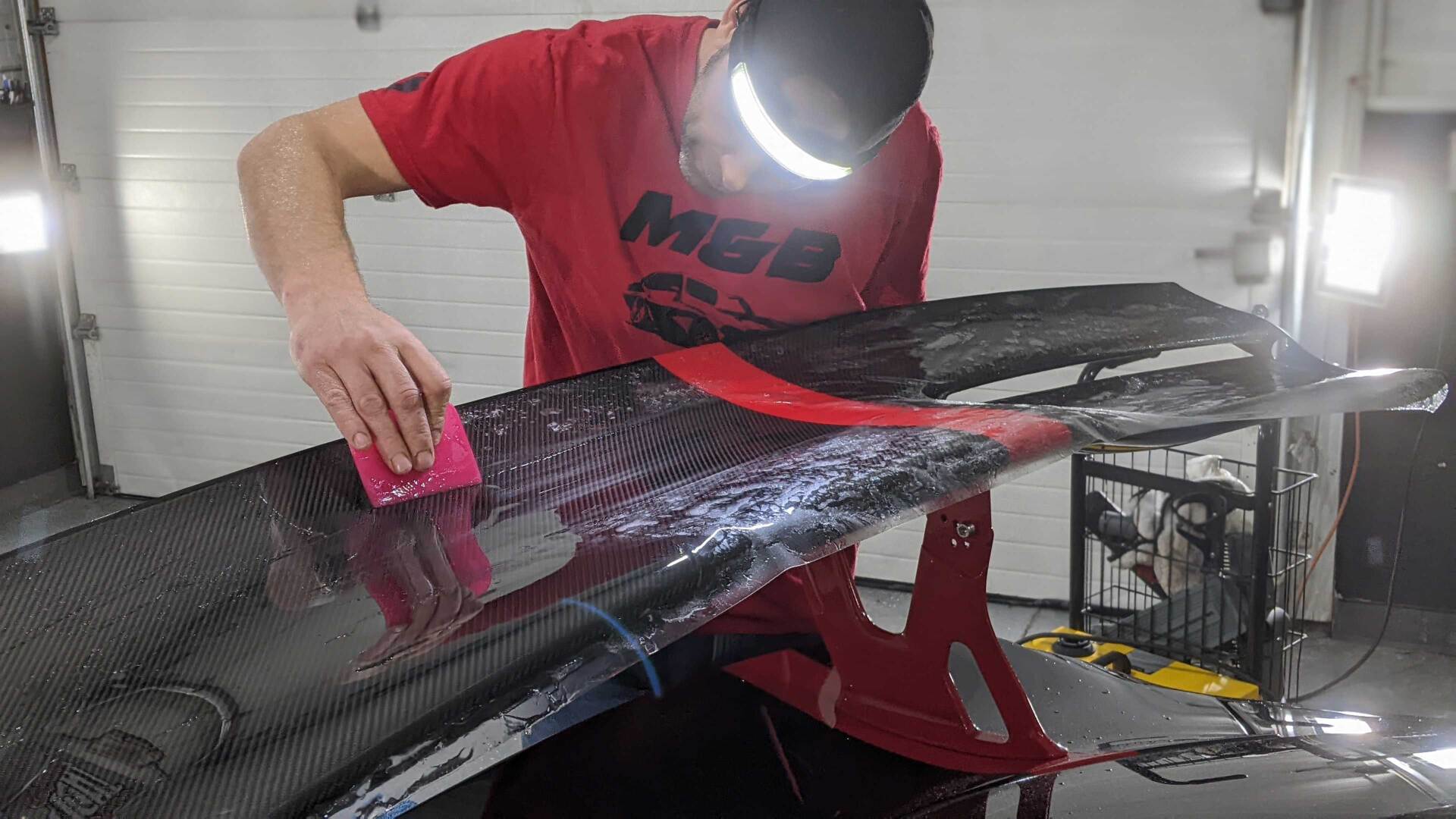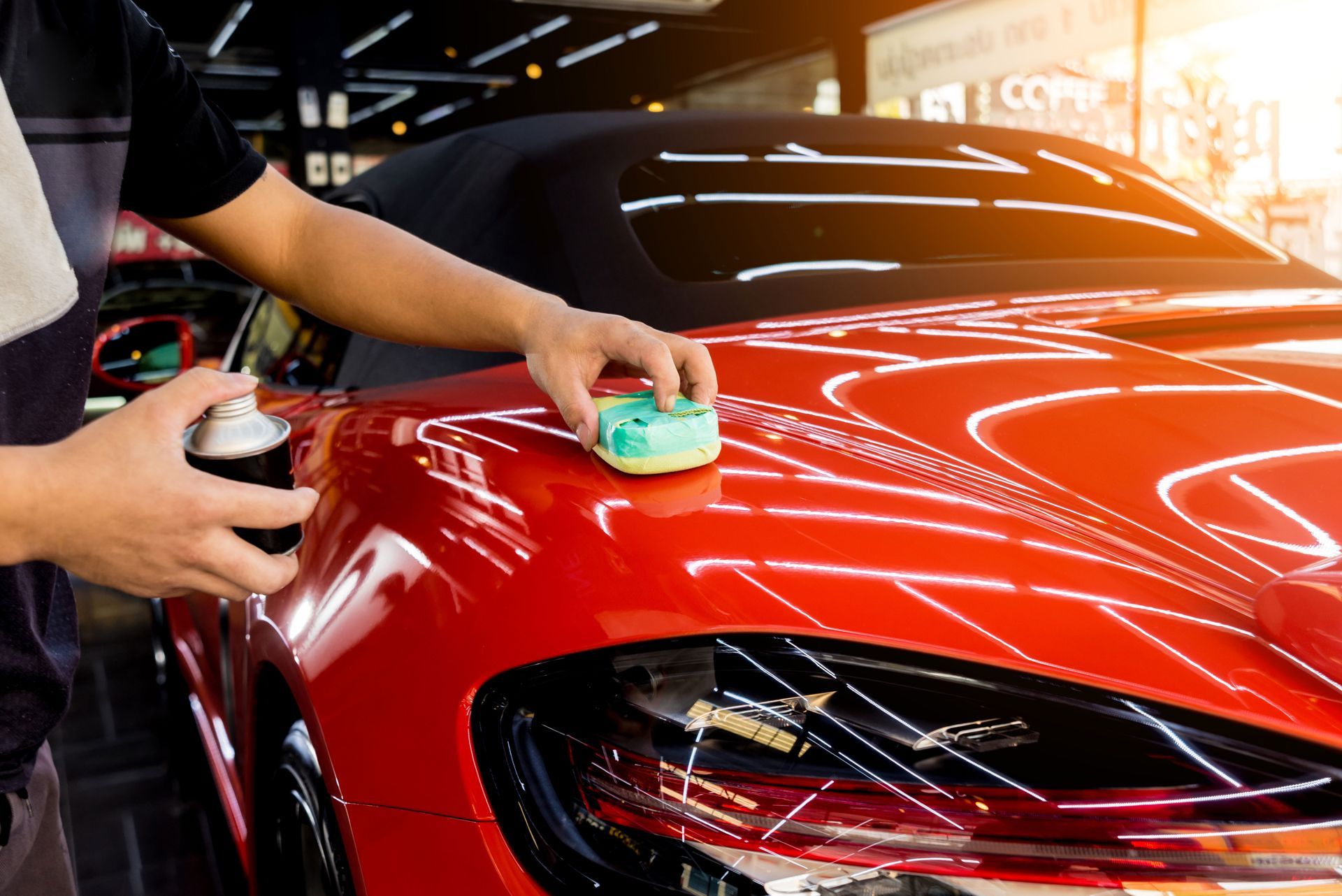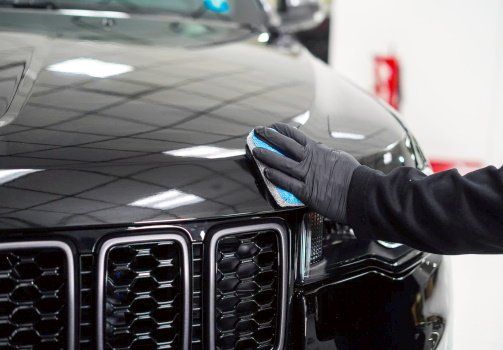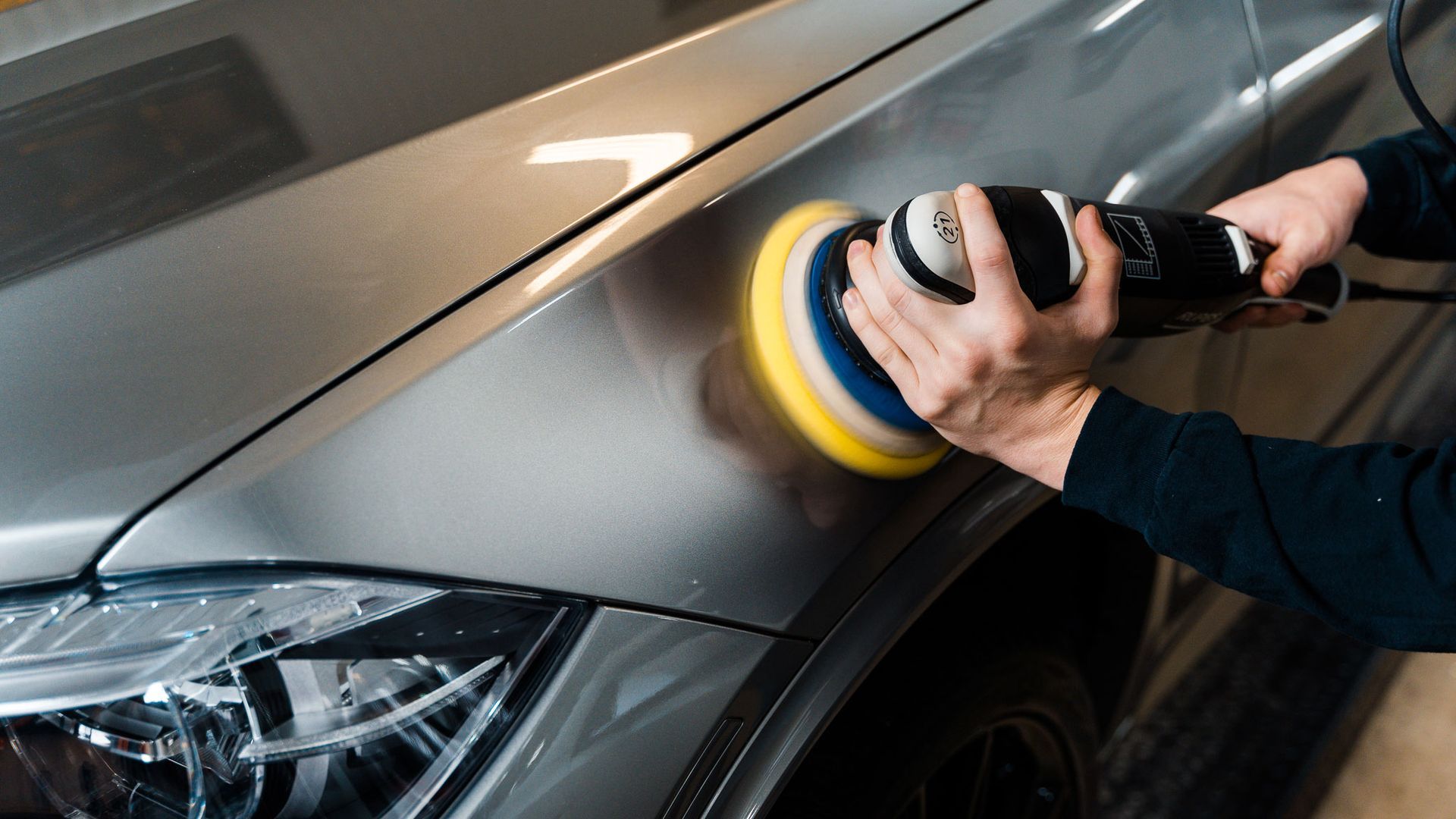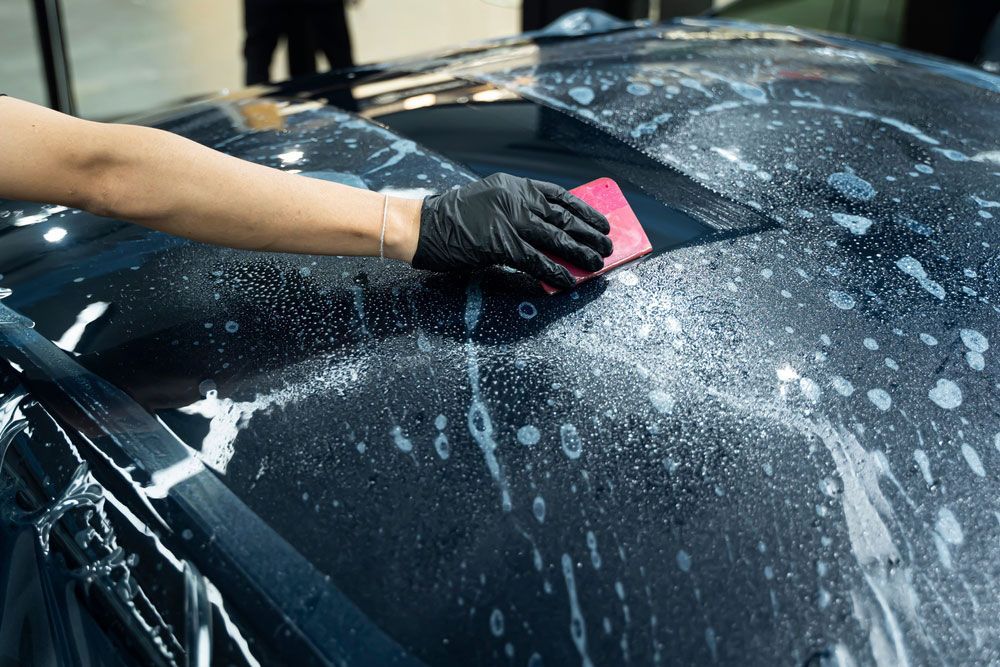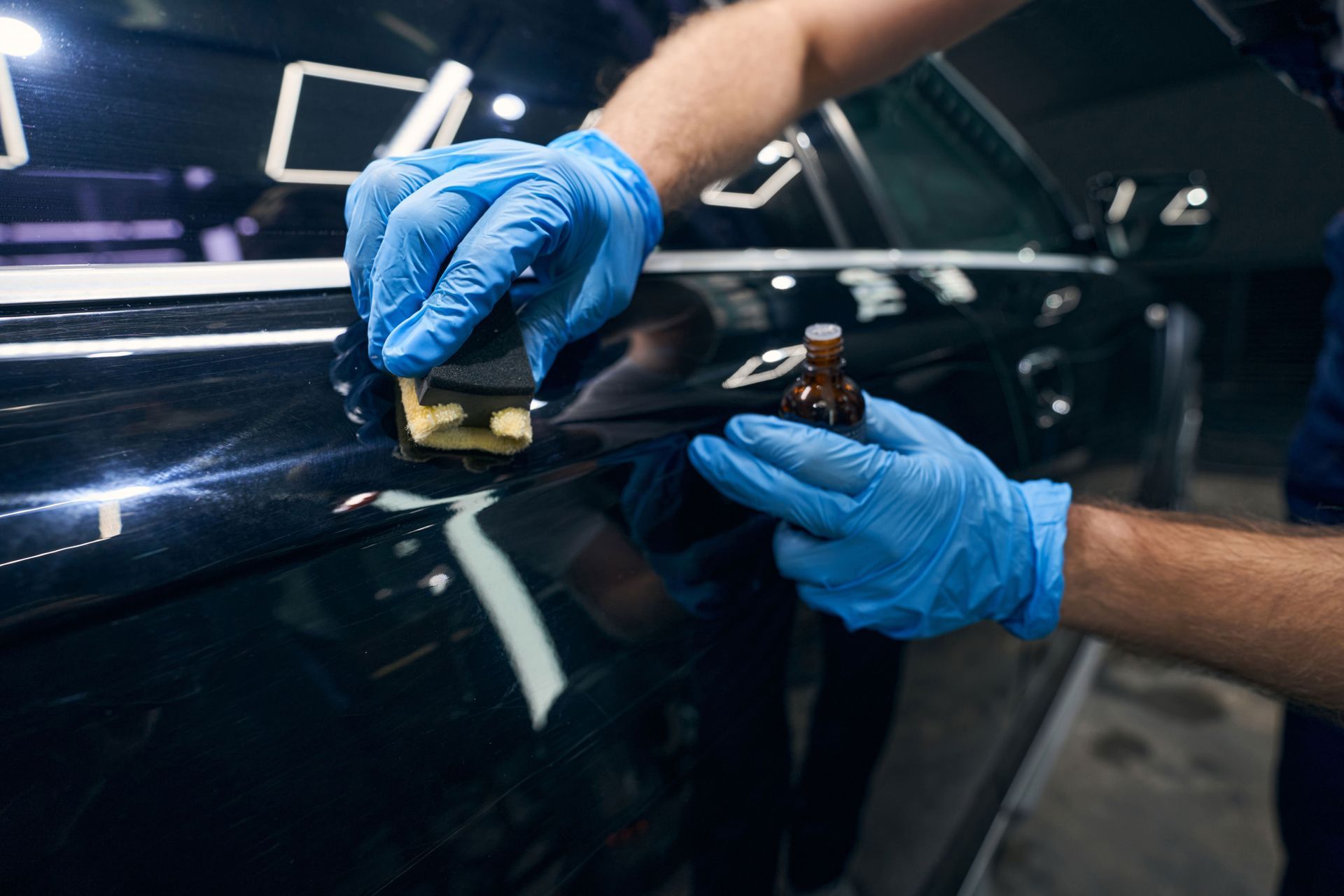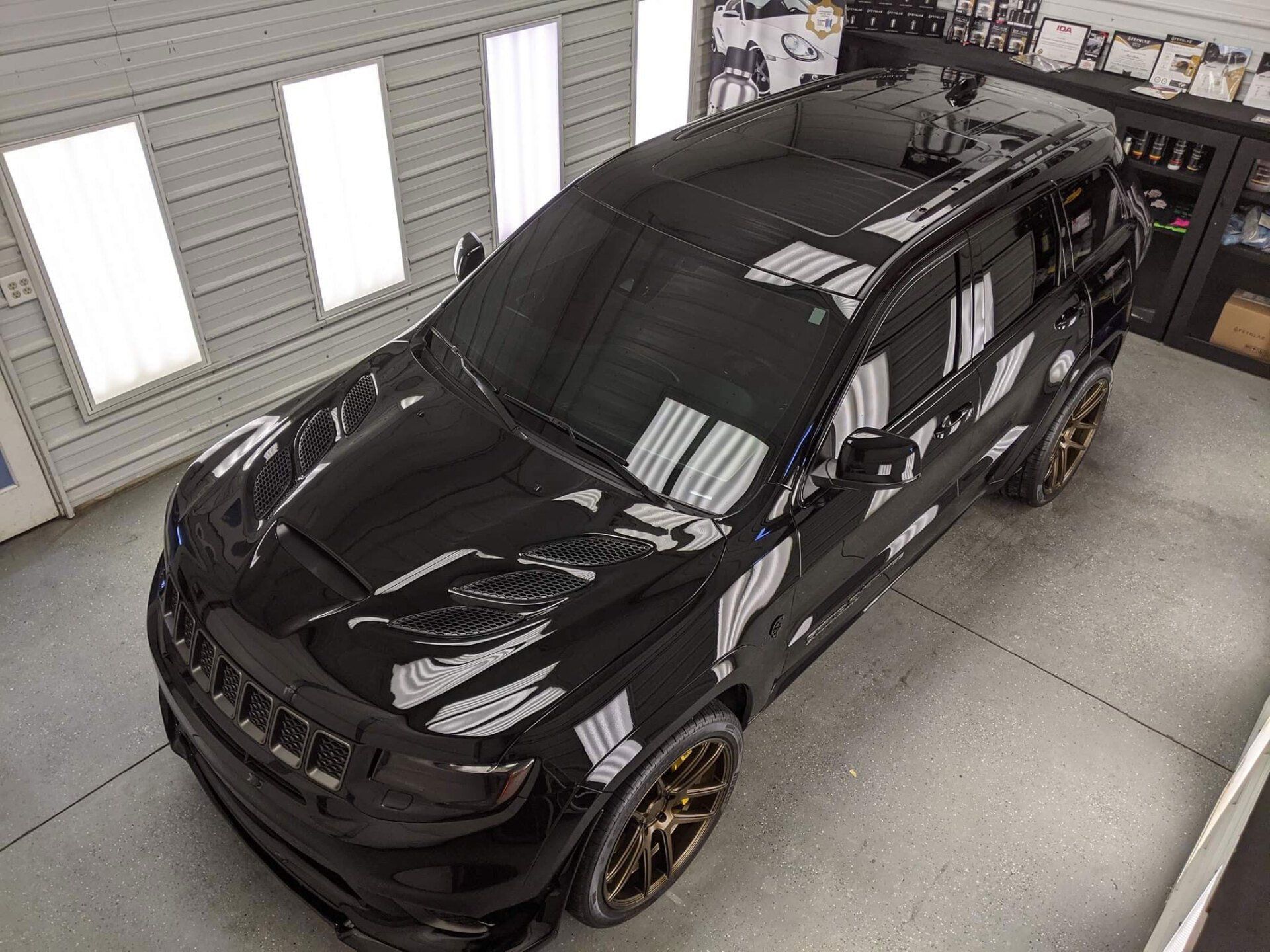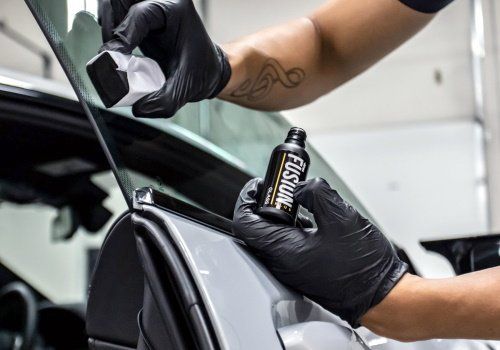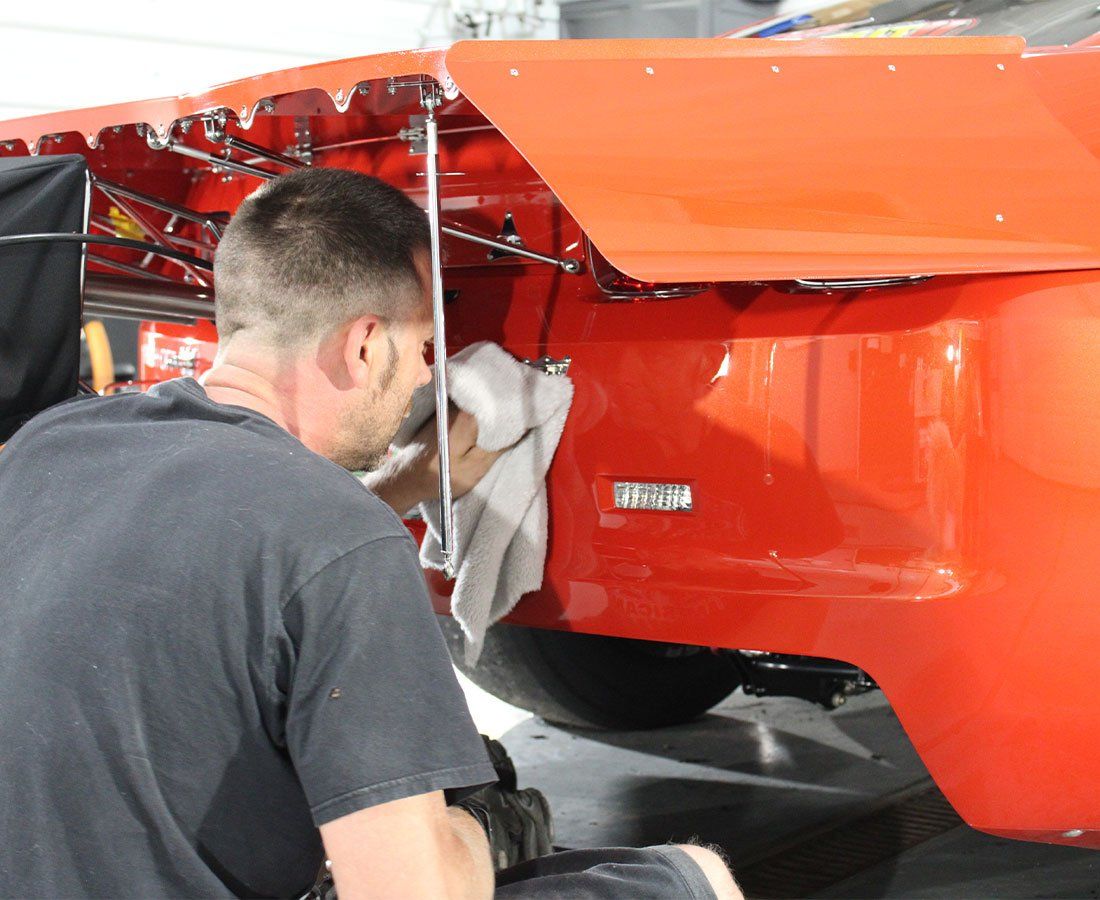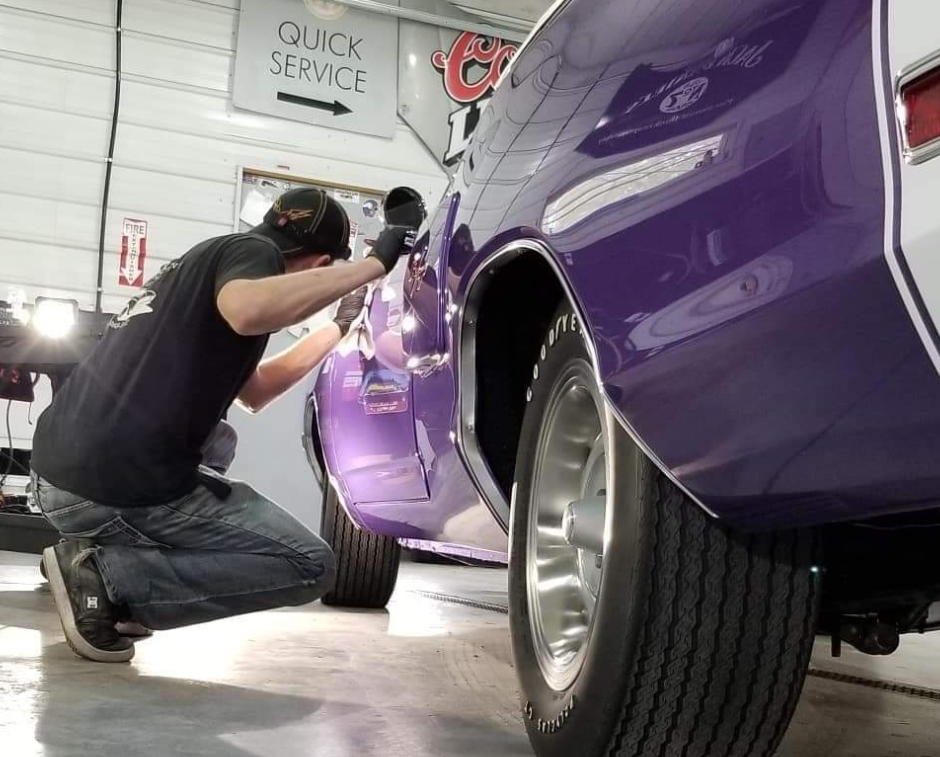How Paint Protection Film Prevents Scratches and Chips
When you invest in a vehicle, you want to keep it looking fresh and new for as long as possible. However, regular road wear and tear can cause damage to your car's paint job. That's where Paint Protection Film (PPF) comes into play—it’s like giving your vehicle a shield against scratches and chips. In this guide, we will explore how PPF works, its layers, and its long-term benefits. Whether you're someone who cherishes their car or simply wants to maintain its resale value, understanding PPF could be one of the best decisions you make for your vehicle's care.
Paint Protection Film (PPF) resists scratches and chips primarily through its durable polyurethane material, which absorbs and disperses the impact energy from road debris and environmental elements. Additionally, many high-quality PPF products feature self-healing properties that allow minor scratches to disappear over time when exposed to heat, ensuring that your vehicle's exterior maintains its aesthetic appeal even after facing harsh conditions.
How Paint Protection Film Works
At its core, Paint Protection Film (PPF) is crafted from a specialized thermoplastic urethane material, providing a robust shield for your vehicle’s exterior. This unique polymer not only adheres seamlessly to the surface but also creates a flexible barrier that absorbs impact energy from external elements like rocks and road debris. When that unfortunate stone flies up and strikes your car, rather than the paint taking the brunt of the force, the PPF disperses that energy across its surface area. Essentially, it acts as invisible armor, keeping your car looking pristine.
One of the remarkable features of high-quality PPF is its self-healing capabilities. Minor scratches and swirl marks don’t have to mar the appearance of your vehicle. Instead, when exposed to heat—whether from sunlight or even warm water—the film's molecular structure becomes malleable enough to reform itself. Imagine the film as a living shield that effortlessly eliminates minor imperfections every time you wash your car or leave it in the sun on a warm day. This self-repairing property ensures everyday wear and tear is less likely to require costly repairs or repainting.
Moreover, PPF boasts impressive resistance characteristics against UV rays and harsh chemicals. It blocks up to 99% of harmful UV radiation, protecting your car’s paint from fading and oxidation over time. If you've ever noticed a friend’s old car looking dull compared to newer models, chances are they didn't invest in such protective measures. The adhesive used for PPF is engineered to endure extreme temperatures, from -40°F to 200°F, making it suitable for various climates and conditions. This durability helps maintain an unwavering bond that keeps the film intact for years.
Many car owners may ponder whether the investment in PPF is worth it. Studies have shown that vehicles with PPF protection can maintain their resale value better, sometimes fetching up to 15% higher prices compared to those without, suggesting that protecting your vehicle is a wise financial decision. You aren’t just mitigating potential damage; you’re actively preserving the value of one of your most significant investments.
Gaining insight into how PPF protects your vehicle sets the stage for exploring the specific layers and materials utilized in these advanced solutions.
Layers and Materials Used
PPF is not just a single film; it's an intricate assembly of layers designed to work together for your car’s protection. The construction of PPF typically consists of three main layers, each with its own unique function and material composition. This layered approach is what gives PPF its resilience against environmental damage.
Common Layer Structure in PPF
The top layer is crafted from elastomeric polymers, making it tough yet flexible. This layer is vital because it can self-heal, which means that minor scratches or swirls can disappear when exposed to ambient heat, whether from sunlight or even hot water. It functions as a miracle for your car's surface, preserving its original appearance even after frequent use.
Beneath this protective top layer lies the middle layer, made predominantly from polyurethane. This specific material absorbs impact energy effectively while still allowing flexibility. Typically ranging between 6 and 10 mils in thickness, this middle layer is robust enough to withstand daily wear and tear, ensuring that your vehicle remains shielded from dings caused by road debris and other external elements.
Finally, we have the adhesive layer. This layer allows the PPF to bond securely to your vehicle’s surface, ensuring that it stays in place during various driving conditions. Remarkably, this adhesive also supports easy removal when needed without damaging the underlying paint—adding convenience for car owners looking to upgrade or maintain their vehicle's aesthetics over time.
By understanding these layers and materials, vehicle owners can make informed choices when selecting a PPF product. As we move forward, let's explore some advanced features that elevate paint protection even further.
Advanced Features: Self-Healing and UV Resistance
Self-Healing
One of the most remarkable aspects of high-quality PPF is its self-healing capability. This feature is due to the film's elastomeric topcoat, which possesses unique molecular properties that allow it to "heal" minor scratches and imperfections.
When you inadvertently brush against a shrub or pick up a light scratch during your day-to-day driving, the PPF doesn't just sit there; instead, it goes to work. Ambient heat from the sun or even warm water can prompt this healing process, causing the top layer of the film to flow back into its original shape, effectively filling in those unsightly marks.
In practical terms, that means if you noticed a small scratch yesterday, it could be gone by the time you check your car today! Isn’t that incredible?
This capability not only retains the visual clarity of your vehicle’s paint but also reduces the need for expensive touch-ups or repairs.
UV Resistance
Equally impressive is PPF's built-in UV resistance. High-quality films provide a protective shield against harmful ultraviolet rays. Prolonged exposure to the sun can cause significant damage over time, leading to fading and degradation of your car's paint beneath the film.
For instance, XPEL’s Ultimate Plus PPF combines both self-healing properties and exceptional UV protection, ensuring that your vehicle looks vibrant and youthful for years to come.
The thickness of PPF typically ranges from 6 to 8 mils, adding a robust barrier between your car’s paint and the perils of the road. When considering a protective layer for your vehicle, remember: that investing in quality PPF pays off by preventing costly paintwork repairs later down the line.
So far, we’ve explored how self-healing capabilities and UV resistance make PPF an essential choice for anyone serious about maintaining their vehicle’s appearance. These features are crucial in ensuring that your car continues to remain protected over time while maintaining its stunning look. Following this thread, let's examine how these protective qualities contribute to lasting advantages for your vehicle.
Long-Term Benefits of Paint Protection Film
One of the most significant long-term advantages of applying PPF is the enhanced resale value of your vehicle. Vehicles protected by PPF maintain their exterior condition significantly better than those without. Imagine, for a moment, a well-cared for car gleaming under the sun, free from scratches and chips. When it's time to sell that vehicle, potential buyers are naturally drawn to the like-new appearance, which leads to higher resale prices.
In fact, according to a 2023 study by AutoMarket Insights, cars with PPF exhibited a notable 20% increase in resale value compared to their untreated counterparts. Investing in PPF can offset itself in future returns.
Moreover, PPF represents cost efficiency. While the initial investment might seem substantial—often ranging from $1,500 to $7,000—it pales in comparison to the financial burden of frequent paint touch-ups or complete repainting due to damage incurred on an unprotected surface. Consider how little scratches can accumulate over time, scarring your investment.
Not only does PPF eliminate this concern for minor abrasions, but it also preserves your paint's integrity against environmental harms like UV rays and harsh chemicals.
Think of this as a form of insurance; paying upfront protects you from costly repairs down the line. Additionally, many high-quality PPFs come with warranties lasting up to ten years, assuring users of enduring protection without prolonged maintenance issues.
Another compelling benefit is aesthetic preservation. With PPF, your vehicle retains its showroom shine and sleek finish for longer periods. The film not only safeguards against physical damage but also blocks up to 99% of harmful UV rays, preventing fading and oxidation of the paint underneath. This means your car looks newer for much longer, allowing you to enjoy its aesthetic appeal without worrying about wear and tear impacting its beauty over time.
Examining these benefits reveals not only why investing in protective films is advantageous but also sets the stage for understanding how best to care for them to ensure longevity and effectiveness.
Maintenance and Care Tips
Proper maintenance is essential to keep PPF in optimal condition. Caring for your vehicle’s finish may seem daunting at first, but with a few simple steps, you can preserve that high-gloss shine while ensuring the film maintains its durability.
Starting with daily care, it's crucial to wash your vehicle regularly. Use a pH-neutral car shampoo and steer clear of abrasive brushes to prevent the film's surface from being scratched. Rinsing thoroughly to eliminate all soap residue helps prevent any potential degradation caused by leftover cleaning products.
Equally important is how you dry your vehicle after washing it. Always use a microfiber cloth for drying, ensuring that no scratches mar the pristine surface. These soft fabrics are gentle enough to prevent marring while effectively absorbing moisture. During this process, remember to perform regular inspections for any edges lifting or small imperfections that could become larger issues over time.
Try to limit how often you park under direct sunlight for extended periods or near high-traffic areas—this includes places where debris from other vehicles might chip or scratch the film. Just because PPF is sturdy doesn’t mean it’s invincible; taking simple precautions can extend its life significantly and reduce repair costs in the future.
Daily Care Tips
- Washing: Always opt for a pH-neutral car shampoo to protect the integrity of the film, ensuring that no harsh chemicals break down its protective layer.
- Drying: After washing, use a microfiber cloth to ensure no scratches are inflicted on that gleaming surface.
- Inspection: Take a moment every month to look for signs of lifting edges or any visible damages that could compromise the effectiveness of the PPF.
For those keen on eco-friendly care options, let's explore some green maintenance techniques that not only benefit your vehicle but also contribute positively to our environment.
Eco-Friendly Maintenance Options
- Use biodegradable car shampoos—they do not harm surrounding ecosystems and are safe for both your vehicle and nature.
- Opt for waterless car cleaners; these innovative solutions clean effectively without needing extensive water use, making them environmentally friendly options.
- Apply eco-friendly sealants that can enhance the longevity of the film while promoting sustainable practices.
Integrating these tips into your routine can markedly enhance both the appearance and performance of your Paint Protection Film while safeguarding our planet for future generations.
In conclusion, prioritizing proper maintenance not only protects your investment but ensures beauty and performance remain intact over time. To learn more about paint protection options for your vehicle, reach out to us at
M&B Paint Correction and Auto Reconditioning or call us at (612) 868-1022.

